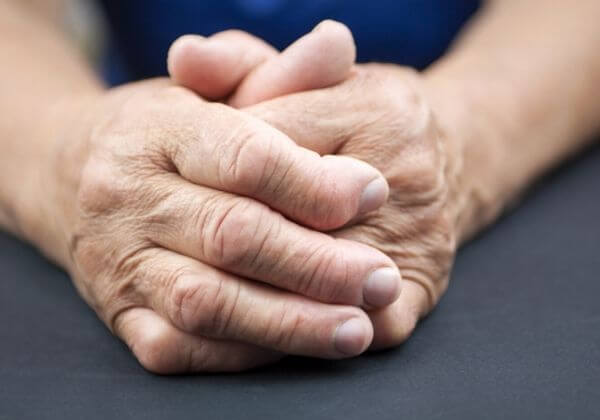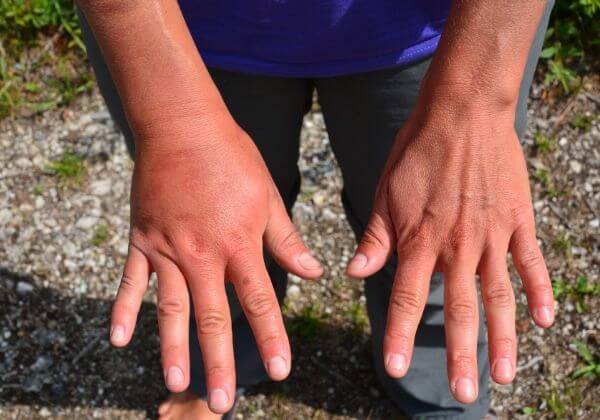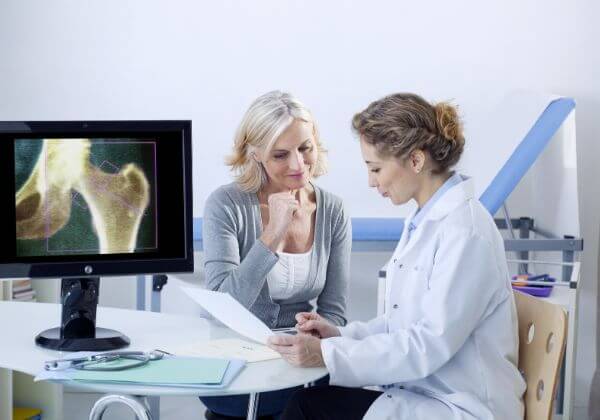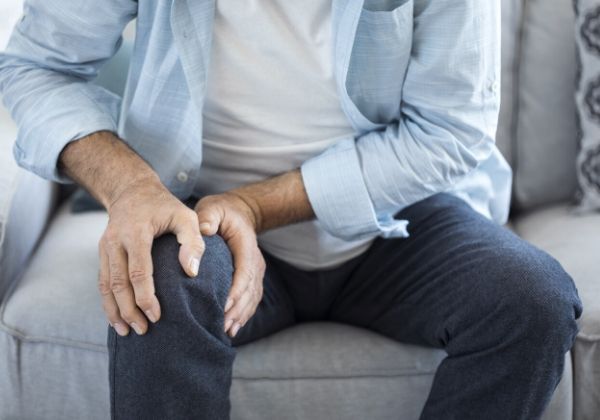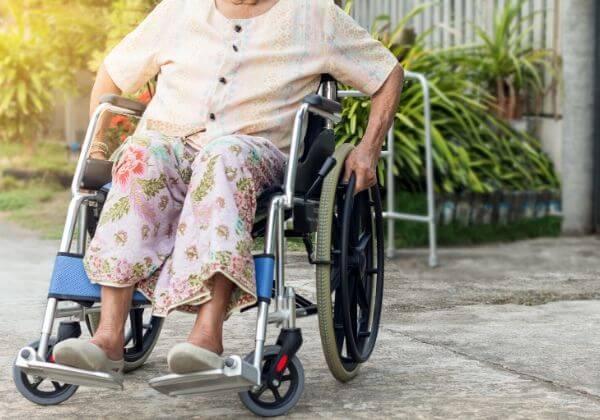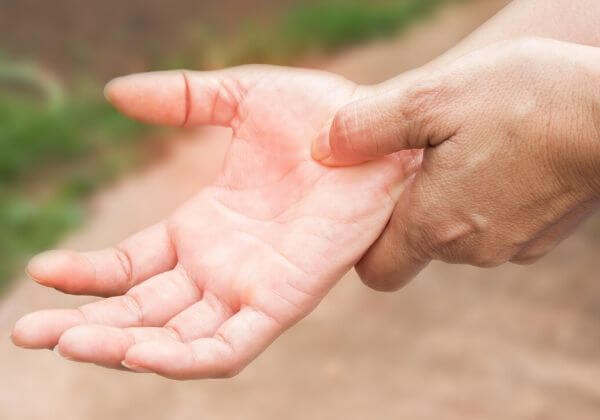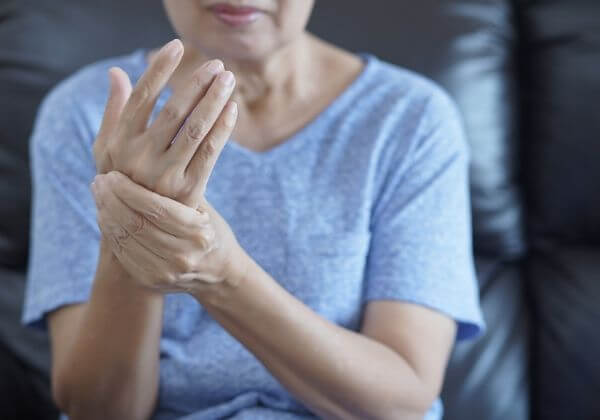Rheumatoid arthritis (RA) is an autoimmune disorder causing joint pain through your entire body. Your immune system mistakenly attacks your joints with chronic inflammation.
Joint pain happens on both sides of the body, which is what allows it to be distinguished from other forms of arthritis. Successful treatment of RA depends on early diagnosis, which means it is critical to know the signs to watch for.
RA is an autoimmune condition, so the cause is mistaken immune system attacks on your joints. It is unknown as to why this happens. There are certain factors that increase your risk of developing RA or triggering its development.
Many also ask if rheumatoid arthritis is hereditary, and there is evidence that family history can increase your risk. Smoking, obesity, and being a woman all increase your risk for RA.
In addition to those, the following can trigger onset as well:
♦ Having a history of viral infections
♦ Exposure to certain types of bacteria such as those associated with periodontal disease
♦ Tram or injury like broken bones, fractures, or joint dislocation.
RA is long-term and is marked by chronic inflammation and pain in the joints. The symptoms appear as flare-ups, and at times, there can be remissions where there are no symptoms at all.
The common signs of rheumatoid arthritis include:
♦ Joint pain
♦ Joint swelling
♦ Joint stiffness
♦ Loss of joint function

In RA, if a joint on one side of the body is affected in this way, the same joint on the other side will be as well. It's also possible that RA can affect places other than your joints, such as bone marrow, eyes, skin, lungs, and more.
Diagnosis of RA can be time-consuming and requires multiple tests. Your doctor will start with your medical history and physically examine your joints to look for swelling. Tests for muscle strength and reflexes will also be done.
Your joints will also be tested for warmth and tenderness, and all of the information is combined to help form the diagnosis. Additional imaging may also be used, such as x-rays or MRI scans to determine if any joint damage has already been done.
RA has no cure, but treatments, when started early, can be effective and allow you to manage symptoms and pain. The treatments focus on controlling inflammation and will include either medication, dietary changes, or exercise, or a combination of any of these.
Doctors always prescribe medications for RA, as this is sometimes the best way to reduce inflammation and slow the disease.

The best RA medications are designed to reduce flare-ups by reducing inflammation. The typical medications used for this are NSAIDs, corticosteroids, and acetaminophen. Additional medications can also be prescribed to slow the progression of RA, such as disease-modifying anti-rheumatic drugs, biologics, and Janus kinase inhibitors.
Dietary changes are part of RA therapy, and foods you are advised to eat will reduce inflammation.
♦ Omega-3 fatty acids can be found in fatty fish, nuts, chia seeds, and flaxseeds and will reduce inflammation as well as provide essential nutrients for joint health
♦ Antioxidants can be found in berries, leafy greens, kidney beans, pecans, and dark chocolate and will protect your joints from oxidative damage, which is known to cause flare-ups.
♦ Flavonoids can be found in berries, green tea, broccoli, grapes, and soy products and will help to reduce inflammation
♦ It is also important to eat plenty of fiber as this will cause a decrease in the C-reactive protein, which is known to trigger inflammatory responses in the body.
There are several natural treatment options to help relieve inflammation and pain associated with your RA.
♦ Low-impact exercises will help improve range of motion and increase flexibility. You can also try physical therapy with a specialist who can recommend the best movements for RA.
♦ Hot and cold therapy can soothe aching joints (heat) and reduce swelling (cold).
♦ Essential oils like peppermint and eucalyptus help with pain relief and can soothe many RA symptoms.
♦ Herbal teas can provide soothing benefits when sipped throughout the day. The best herbal teas for RA are ginger, green tea, chamomile, and blueberry teas.
♦ Massages will soothe aching muscle and joints, especially hot stone massages and trigger point massages.
♦ LED light therapy and infrared heat therapy both use light to reduce inflammation and relieve symptoms.
While it is not common, you can choose to have surgery for your RA, if symptoms are disrupting your quality of life.
The most common surgeries are a joint replacement (typically done for larger joints like shoulders and hips), arthrodesis (the damaged joint is removed, and neighboring bones are fused together), and synovectomy (inflamed synovial tissue is removed to reduce swelling in the joint).
There are a few different types of RA, and knowing which type you have can help doctors provide the best treatment plans.
♦ Seropositive RA: Your blood will test positive for rheumatoid factor, and this means you have antibodies that cause your immune system to attack.
♦ Seronegative RA: When the blood test for rheumatoid factor is negative, you can still have RA symptoms. You may eventually develop antibodies, and your diagnosis can change to seropositive RA with time.
♦ Close to 13 million Americans have rheumatoid arthritis.
♦ Out of every 100,000 people, 41 are diagnosed with RA each year.
♦ Women are two times more likely to develop RA than men.
♦ RA can develop at any age but is most common between the ages of 30 and 60.
♦ Estimated costs for RA are $5,720 per person every year.
RA typically starts in your hands and feet but can progress to other parts of the body, including knees, hips, and shoulders. As a result, it can become increasingly difficult to move, as joint pain and stiffness become worse.
Bumps of tissue called rheumatoid nodules can also form, which causes joints to become deformed permanently. Over time and without treatment, RA can impact your daily activities and prevent you from working
.
Children under the age of 16 with joint stiffness lasting over 6 weeks may have juvenile rheumatoid arthritis (JRA). JRA is also an autoimmune condition, but it is unknown why this happens in children. With children, there are three types of RA that can be diagnosed.
♦ Pauciarticular JRA: Four or fewer joints are involved, and this is the most common form.
♦ Polyarticular JRA: Five or more joints involved, and it usually affects only the small joints in hands and feet.
♦ Systemic JRA: This affects much of the body and may also involve the spleen, liver, heart, and lymph nodes.
Diagnosing JRA in children can be tough because they don’t always complain of joint pain and symptoms can be similar to other serious conditions like Lupus, cancer, and bone diseases.
Rheumatoid arthritis does not have a cure, but many effective treatments have been developed in recent decades. They work to lower inflammation that causes the attacks on the joints. This prevents joint damage and slows the progression of the disease.
Talk to your doctor about treatment options, flare-ups, and remission periods, so you have a full understanding of how the disease works and how you can best treat it and prevent pain.





